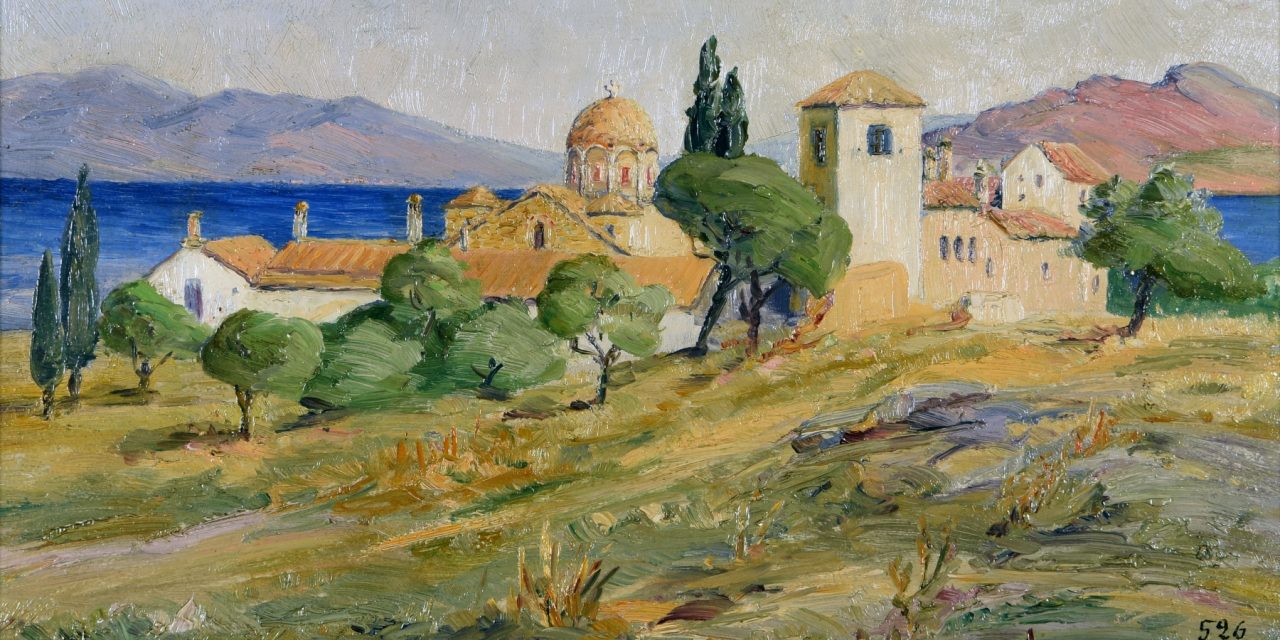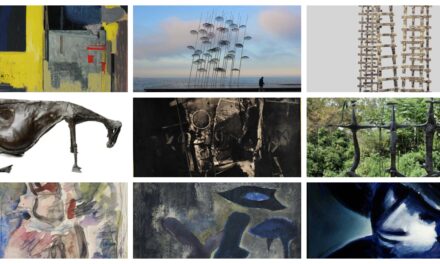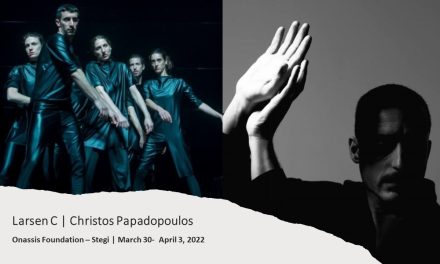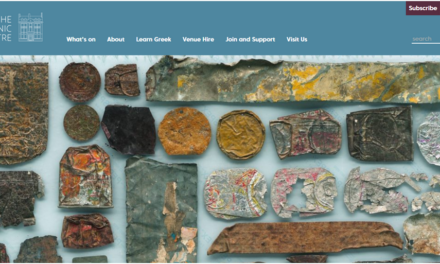Celebrating the impact of Greek women artists, the City of Athens Art Gallery, presents an unprecedented overview of more than 120 paintings, belonging to its collection. The exhibition In the shadow masterfully highlights the female contribution to the 20th century Greek art.
Mainly inspired by the Greek landscape and focusing on humble objects, women’s artworks radiate truth and sincerity, while incorporating art movements, ranging from impressionism, fauvism, neoclassicism to expressionism and abstraction. At the same time, the influence of Konstantinos Parthenis, Georgios Iakovidis, Spyridon Vikatos, Nikolaos Lytras and Dimitris Galanis cannot go unnoticed.
Greek News Agenda* spoke with the curators of the exhibition Kalli Petrochilou, artist and head of the City of Athens Art Gallery, and Christoforos Marinos, art historian and curator of exhibitions and activities of OPANDA – Culture, Sports and Youth Organization of the City of Athens. This is an exhibition not to be missed! On view through November 26th.
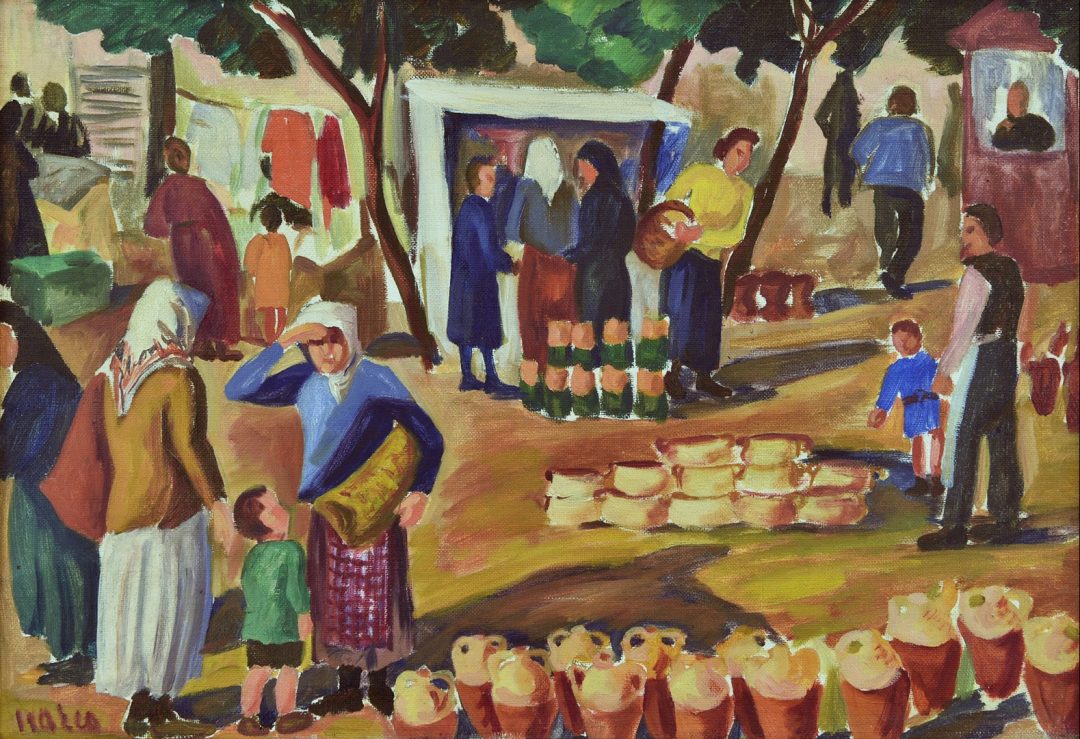
What is the idea behind the exhibition In the Shadow? What does the title of the exhibition imply?
The exhibition examines the contribution of women to 20th century Greek art. It takes place in three parts, as an exhibition triptych. The title suggests the unknown activity of these women artists, many of whom were in the shadow of their male counterparts. The exhibition aspires to bring them out of their obscurity. We wanted to have an exhibition of women artists (painters, engravers, sculptors), with works from our collections, because until now this theme had not been presented in the Gallery’s long history. This is the first time that an exhibition attempts to document the activity of women in Greek art of the last century.
What was the position of women as artists during the period covered by the exhibition?
Most of the works presented in the first part of the exhibition belong to the 1930s, 1940s and 1950s. In the first part, female artists are born between 1871 and 1910, in the second from 1911 to 1922 and in the third from 1923 to 1941. In the interwar period women begin to exhibit more frequently. The Lyceum of Greek Women was an important hub and provided a platform to women artists. Over the years, their presence increases significantly. For example, in the first exhibition of the Association of Greek Artists at the Zappeion in 1912, only three women participated (Laskaridou, Stefanou, Flora-Karavia), while in the last one, held in 1939 at the House of Arts and Letters, twenty-three women participated.
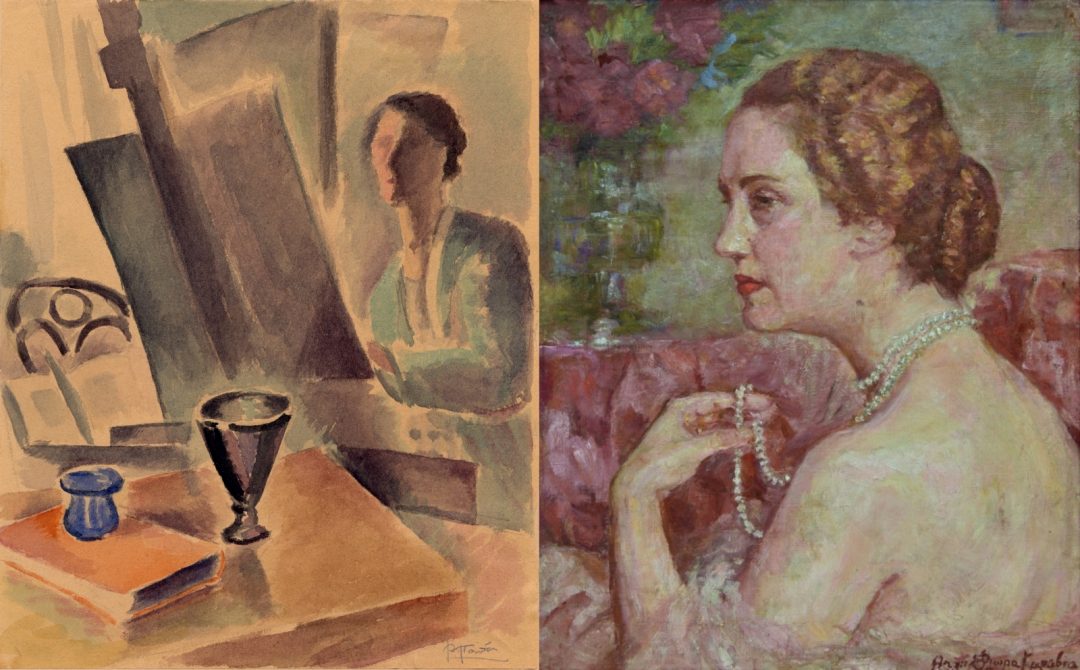
What is the impact of their artistic creation in Greece and abroad?
They are active and accepted as equals in artistic groups. They exhibit at the Panhellenic Exhibitions, in private art galleries in Greece and abroad. As early as 1930, they participate in the Venice Biennale (Jenny Lyber-Argyrou). Josephine Dimas-Chiller exhibits for the first time in an international exhibition in Boston in 1911, while Sophia Laskaridou has two solo exhibitions in Paris, in 1913 and 1914. Flora-Karavia was a pioneer, exhibiting in Constantinople (1899), at the Paris International Exhibition (1900), at the Munich Artists’ Association and other cities in Germany (1905), in Alexandria and Cairo (1907), to name a few.
What was the profile of these women from a socioeconomic point of view? What was their education/artistic training? What was their footprint in relation to the male painters of the time?
Further research is needed to document the status of women as artists in relation to that of their male counterparts. Many belonged to wealthy families and married important men (renowned painters, architects, politicians, etc.). Almost all of them studied at the School of Fine Arts, alongside important masters, and went on to study in Munich, Paris, Vienna and elsewhere.
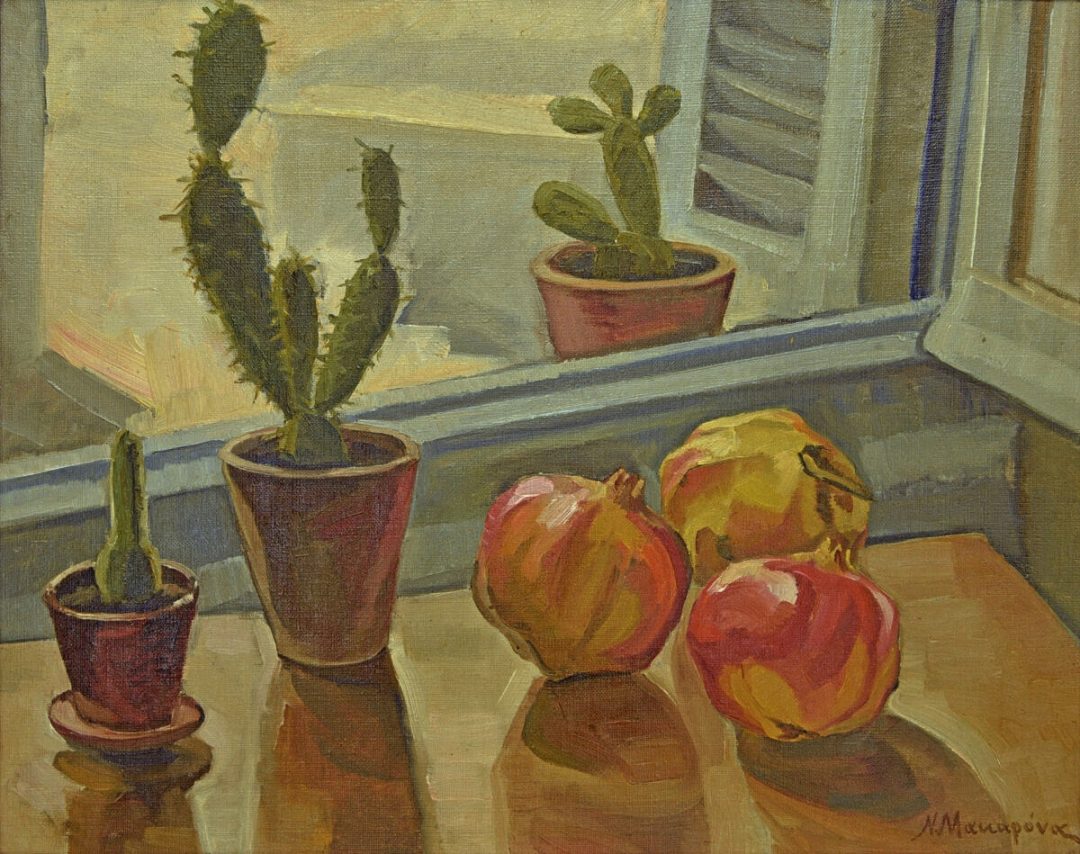
Which artworks, in your opinion, stand out?
The first work the visitor encounters is Pandora’s Box by Sophia Laskaridou. It is a provocative work, because it a female nude, painted by a woman. The box she holds in her hands is closed, like a work waiting for the viewer to “unlock” its meaning.
Maria Voukidou’s Sanatorium is a very particular work. Thematically, it differs from the other works of the exhibition, which mainly depict landscapes, portraits and flowers.
Ellie Voila’s mosaic, a still life with flowers, is a very special work, one of the best in the exhibition. Here the contribution of the conservator Kostas Nikakis was decisive, since he managed to bring it to life and restore the damage caused by time.
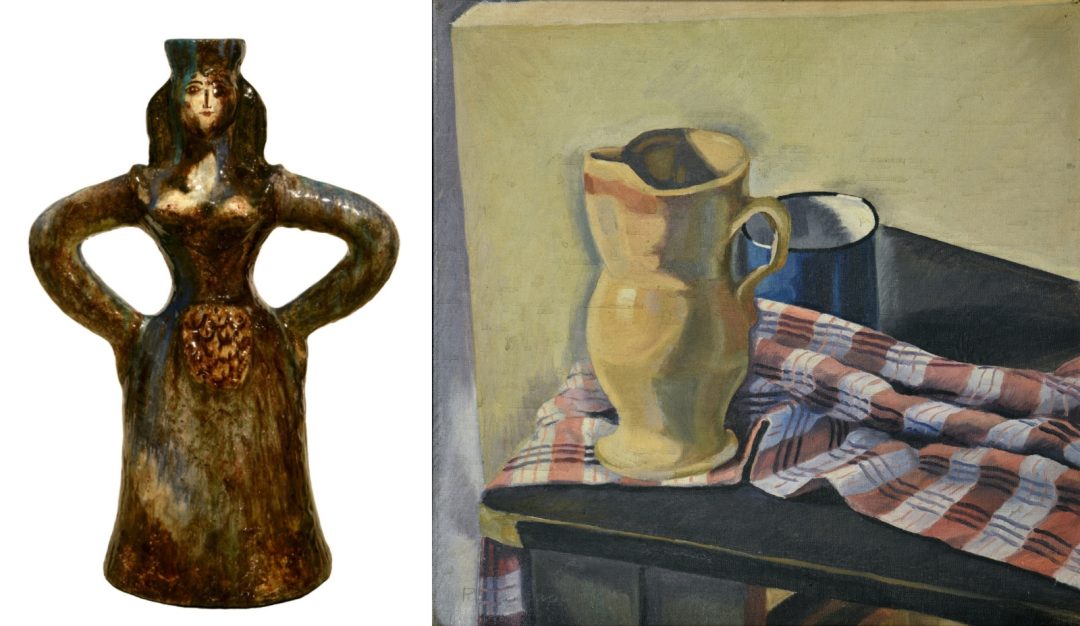
How does the exhibition In the Shadow interact with the present?
The exhibition resonates with a more general demand for the inclusion, recognition, visibility of the work of women artists and their equal treatment in relation to their male colleagues. Moreover, it is part of an effort to revise the ‘rules’ of Greek art history and dominant narratives.
*Interview by Dora Trogadi (Intro photo: Sophia Laskaridou (1882-1965), Faneromeni Monastery, oil painting, 24X33 cm.; pictures of the works appear courtesy of the OPANDA Press Office)
Read also via Greek News Agenda: Sophia Laskaridou, the first woman at the Athens School of Fine Arts; Greece’s first female painter: Eleni Boukoura-Altamura; Denys Zacharopoulos: A museum should function as an open window between the private and the public life of people

